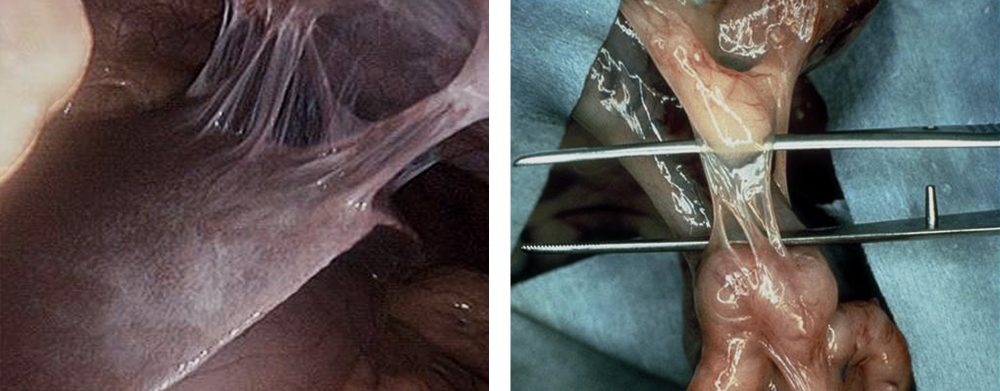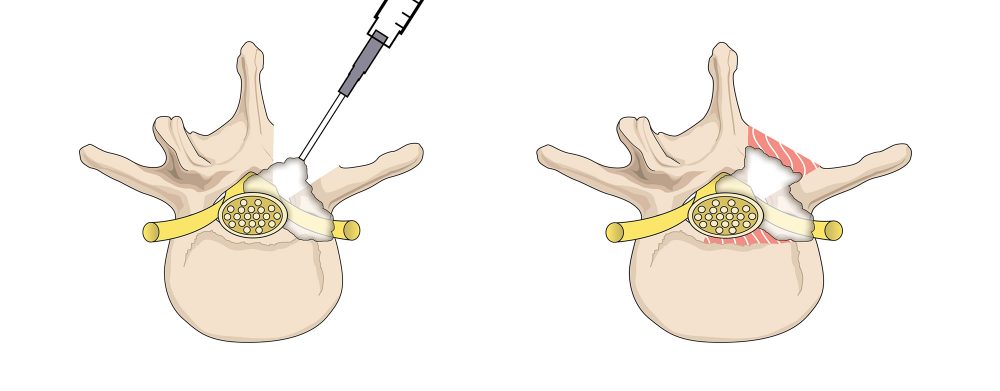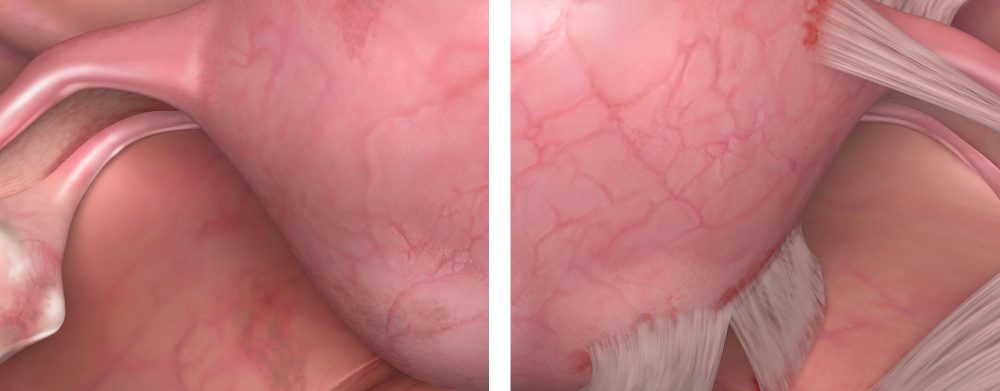Technology
Core Science
At FzioMed, we base our science on the combination of 2 biocompatible medical polymers, carboxymethylcellulose (CMC) and polyethylene oxide (PEO). We are experts in the formulation and manufacture of these materials into bioabsorbable products for surgical use. These products include:
Starting with this core science – exclusive compositions of safe and well-known biopolymers – we engineer medical devices that offer key advantages over other biomaterial technologies.
Doctors use FzioMed biomaterials during surgery to provide a temporary and protective separation of tissues for adhesion prevention and to reduce the associated postoperative pain. Our products help improve outcomes in procedures such as decompression spine surgery, tendon and peripheral nerve surgery, gynecological surgery, intrauterine surgery, and general surgery.
Advantages1
- Non-Animal and Non-Bacterial. Our biomaterials contain no materials of human, animal or bacterial origin.
- Biocompatible. Pre-clinical and clinical data in a variety of studies and procedures, together with years of commercial experience, have demonstrated the safety and biocompatibility of our products.
- Bioabsorbable. The body naturally absorbs and clears FzioMed biomaterials over time. They do not need to be removed after application.
- Tissue adherent. CMC and PEO can be formulated to coat tissues, so that products designed for site-specific applications remain in place for the appropriate period of time.
- Versatile. FzioMed can make our biomaterials into a variety of products with specific characteristics such as tissue adherence, elasticity, viscosity and absorption.
- Convenient handling, packaging & storage. You can store our products at room temperature. They are sterile and ready-to-use, and require no mixing or assembly.
Adhesions

Adhesions are internal bands of scar tissue that can develop following surgery as the body attempts to heal. Adhesions can impact an otherwise successful procedure and often occur even when surgeons use optimal techniques. Adhesions are the single greatest complication of many surgeries and can result in pain, impaired motion, diminished quality of life, and infertility. Postoperative pain can also be caused by exposure to irritating pro-inflammatory mediators. Both the formation of adhesions and the stimulation of pain mediators are part of the body’s normal response to manipulation and exposure of tissues during surgery.
Adhesion Prevention

Left image: Application of Oxiplex after laminectomy
Right image: Nerve root and dura protected from adhesions

Left image: Uterus and pelvic wall without adhesions
Right image: Uterus and pelvic wall with adhesions
A mainstay of adhesion prevention is the use of adhesion barriers, such as FzioMed’s Oxiplex®, Oxiplex/SP®Gel, Interpose®, Oxiplex/AP®, Oxiplex/IU®, Dynavisc®, and MediShield™ products, to coat and protect sensitive tissue following surgery. Adhesion barriers coat tissue surfaces that are exposed during surgery to provide a temporary, protective physical barrier to reduce fibrosis, inflammation, and the formation of adhesions. Application of FzioMed adhesion barrier gel during a surgical procedure is simple and takes only seconds. After surgery, the gel does not prevent normal healing; it serves to protect the tissues where the gel has been applied. FzioMed adhesion barriers are absorbed by the body over time and do not require a second surgery.
Last Updated: April 12, 2018
